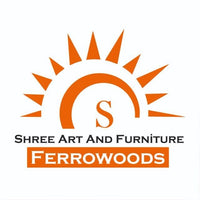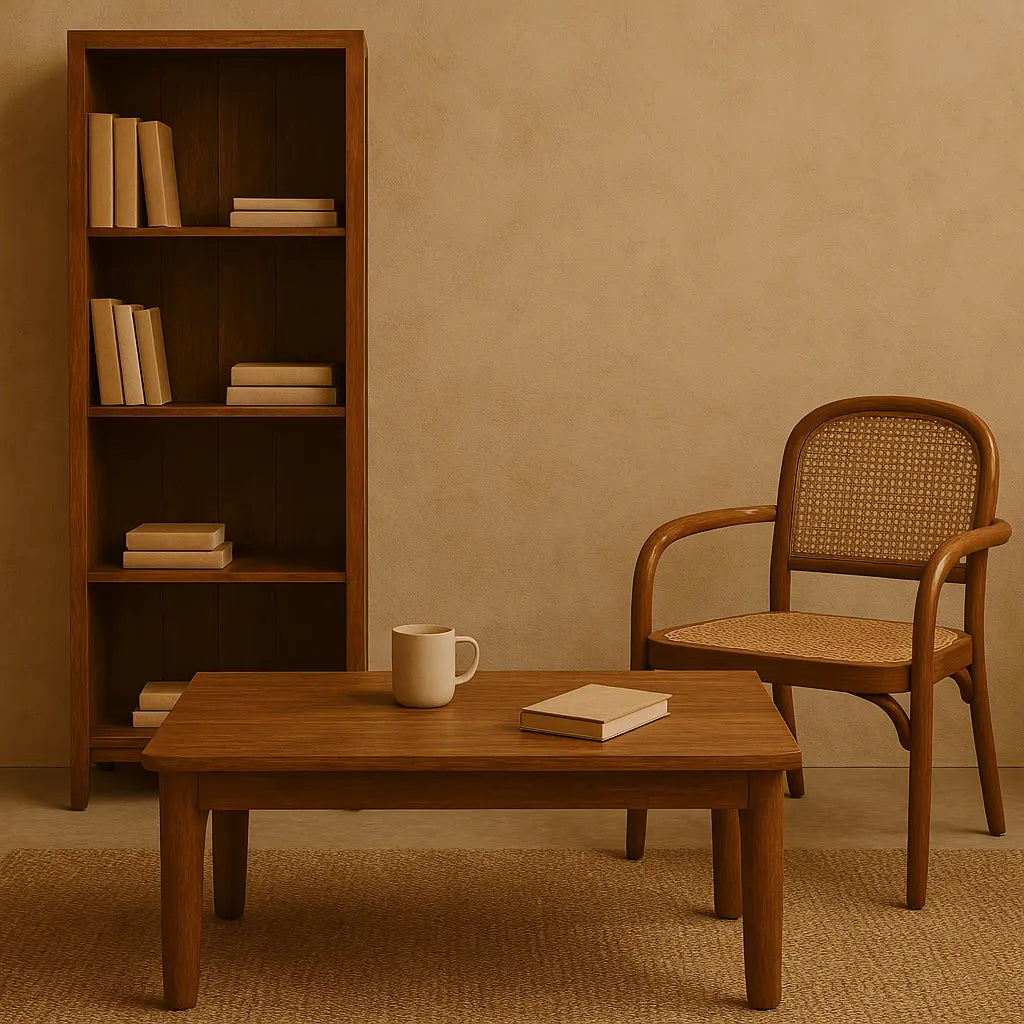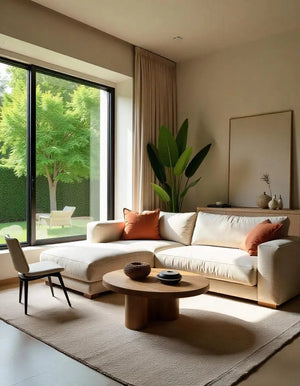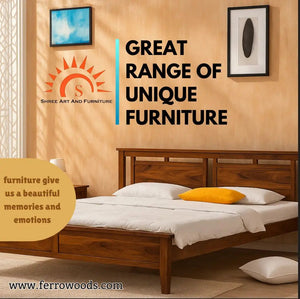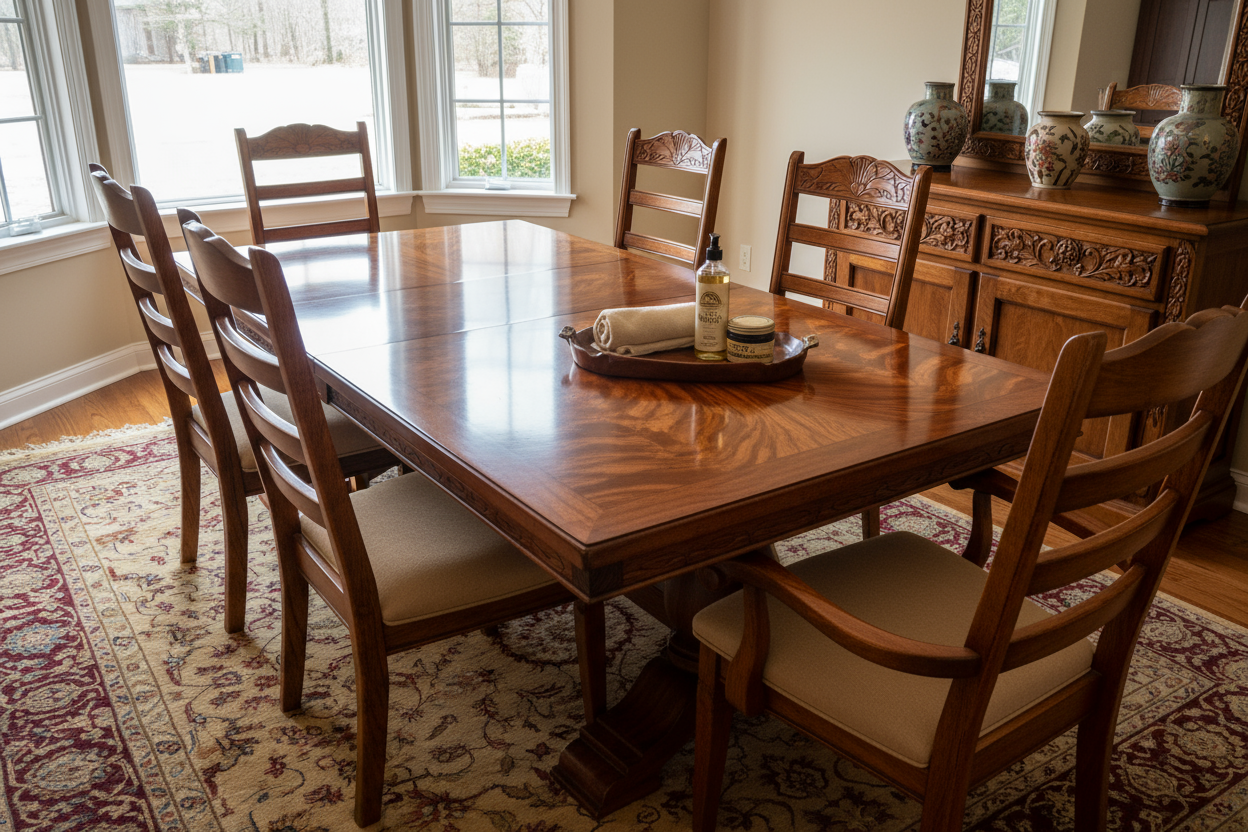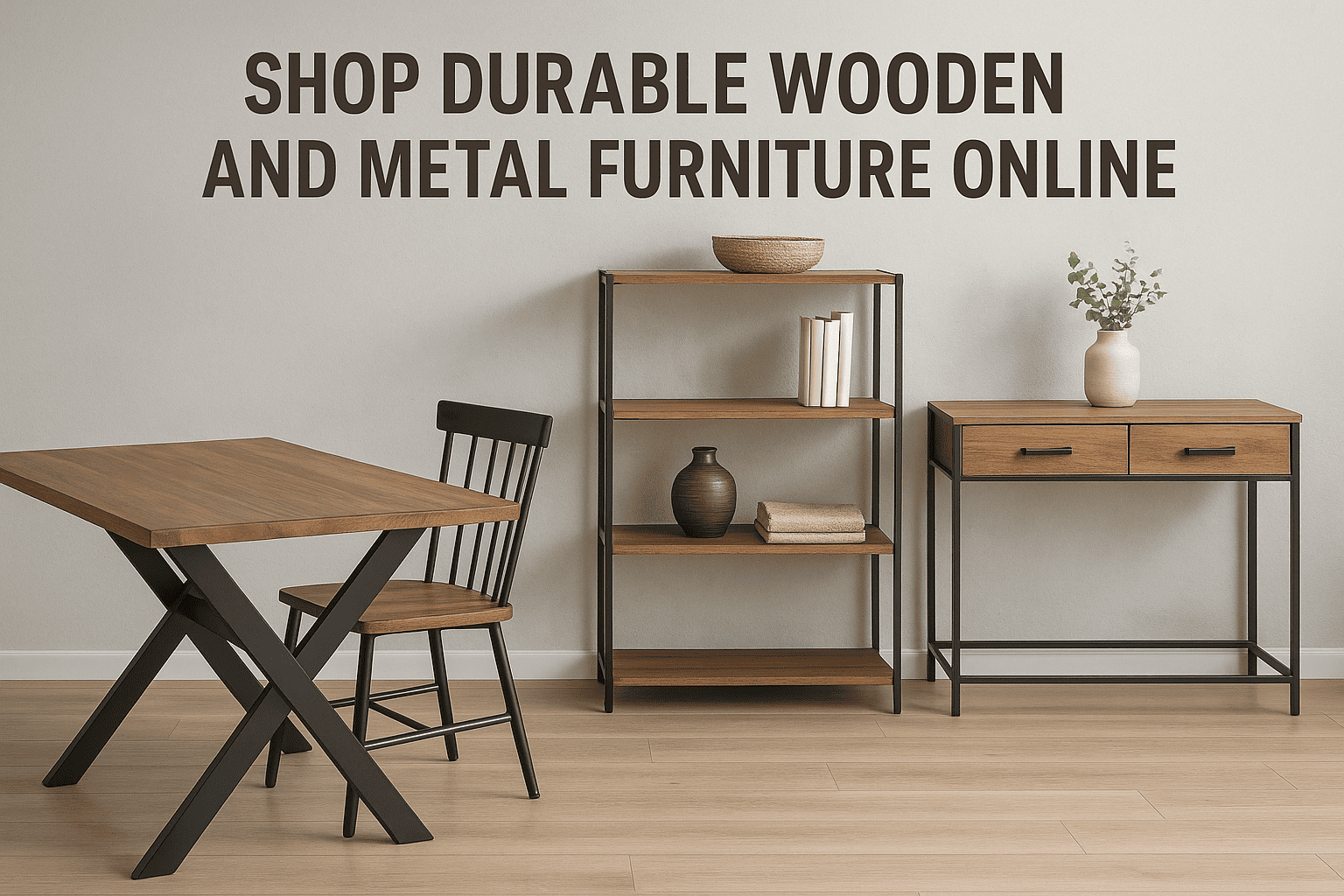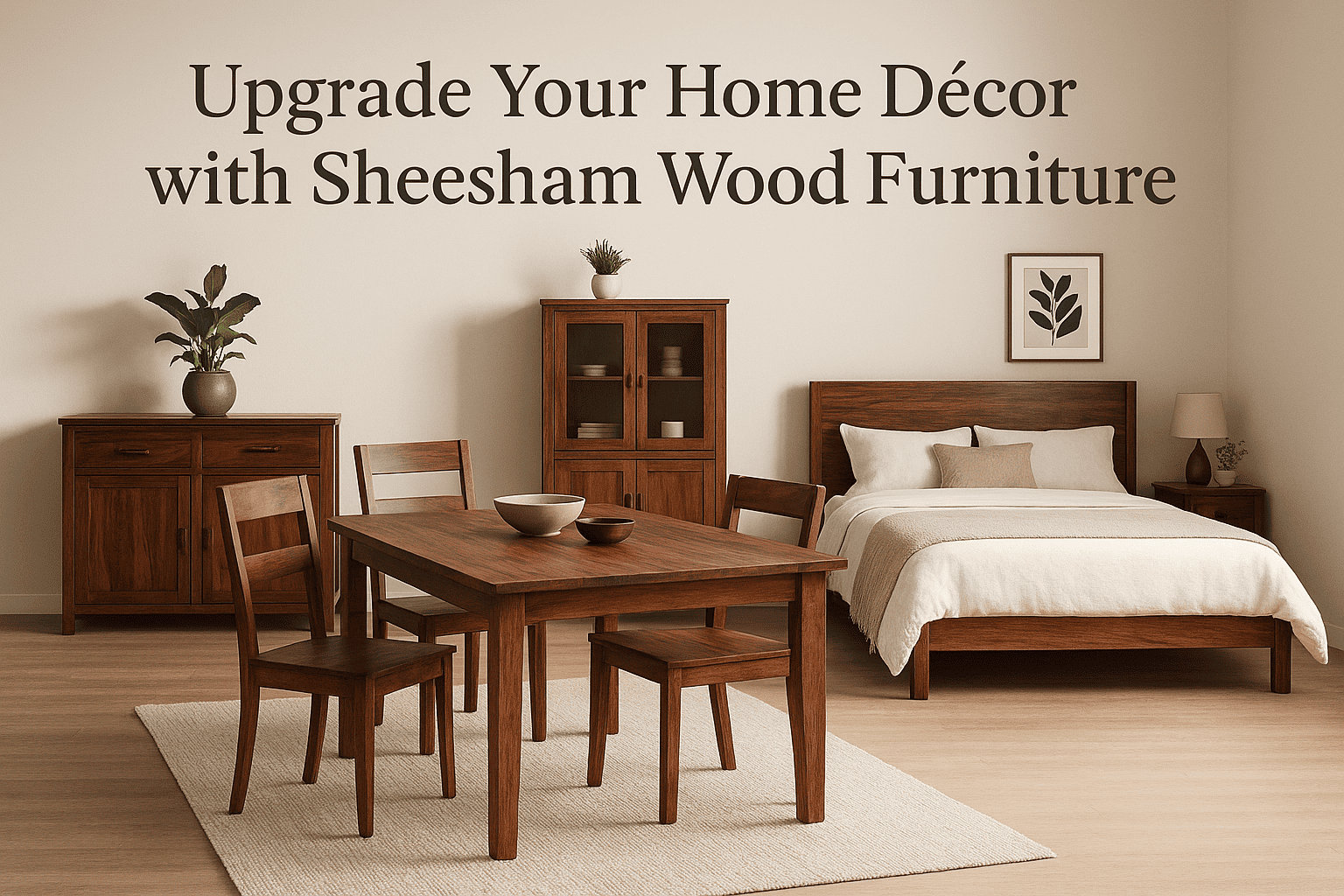In the world of interior design, two opposing philosophies have taken center stage: Minimalism and Maximalism. As we step deeper into 2025, homeowners, architects, and furniture brands are leaning into one—or finding creative ways to blend both. But when it comes to global furniture preferences, which style is truly winning hearts (and homes)?
Let’s dive into what each design philosophy offers and what the data and demand tell us about where the trend is heading.
Minimalism: The Power of Less
Minimalism is rooted in the idea that “less is more.” Clean lines, neutral palettes, open spaces, and functional furniture define this timeless design trend. Inspired by Scandinavian and Japanese aesthetics, minimalist furniture focuses on simplicity, clarity, and purpose.
Why Minimalism Works:
-
Calm and Clutter-Free: In an age of information overload, people crave peace at home. Minimalist interiors create serene environments.
-
Function-First: Every piece has a purpose—often serving dual functions. Think: a bench with hidden storage or a sleek TV unit with wire organizers.
-
Timeless Appeal: Unlike trends that fade, minimalism remains stylish over decades.
Trending Keywords: minimalist furniture design, modern minimalist home, minimal furniture for small spaces, Scandinavian style furniture
Maximalism: More Is More
On the other end of the spectrum lies Maximalism, a bold design approach that embraces colors, textures, layers, and personal expression. Maximalist interiors are full of life, stories, and curated chaos.
Why Maximalism Works:
-
Individual Expression: People are now embracing their personalities through design—layering patterns, colors, and vintage finds.
-
Curated Aesthetic: Maximalism isn’t about mess—it’s about intentional abundance. It allows homeowners to showcase their travels, culture, and creativity.
-
Warmth & Energy: Rich tones, bold artwork, and decorative furniture pieces create dynamic, energizing spaces.
Trending Keywords: bold furniture design, eclectic furniture online, colorful interiors, maximalist living room ideas
What’s Winning Globally?
The Rise of “Warm Minimalism”
Interestingly, the line between minimalism and maximalism is blurring. One of the hottest global trends in 2025 is “Warm Minimalism”—a softer, more inviting version of minimalism.
-
Natural wood tones
-
Earthy color palettes (terracotta, clay, olive green)
-
Subtle textures and handcrafted furniture
It marries the simplicity of minimalism with the warmth and personality of maximalism—giving the best of both worlds.
Regional Preferences Matter
-
North America & Europe: Leaning toward minimalist and modular furniture—especially in urban homes. Think: clean side tables, floating shelves, and neutral-toned sofas.
-
Asia & Middle East: A mix of traditional grandeur and modern maximalism is trending. Rich woods, ornate carvings, and layered textiles are in demand.
-
India & Southeast Asia: Buyers are embracing a modern-maximalist vibe—merging bold color with sleek silhouettes.
If you export furniture globally, customizing collections by region is key.
Gen Z Is Choosing Maximalism
On social media, especially TikTok and Instagram, Gen Z users are embracing maximalist design. Colorful bookshelves, neon signs, statement chairs, and bold rugs are dominating home tours and DIY videos.
They view home as an extension of identity—favoring uniqueness over uniformity.
Multi-Functional Furniture Wins Both Sides
Regardless of aesthetic preference, functionality is the must-have. Whether minimalist or maximalist, buyers want furniture that adapts to small spaces and dynamic lifestyles.
-
Nesting tables
-
Foldable bookshelves
-
Ottoman stools with storage
-
Convertible coffee tables
So, who’s winning—minimalism or maximalism? The truth is, there’s no clear victor. The modern buyer doesn’t stick to strict labels. Instead, they curate their space with elements of both: a minimalist layout with a maximalist art piece, or a bold bookshelf next to a sleek, neutral sofa.
As a furniture brand, understanding this hybrid mindset is your competitive advantage in 2025.
